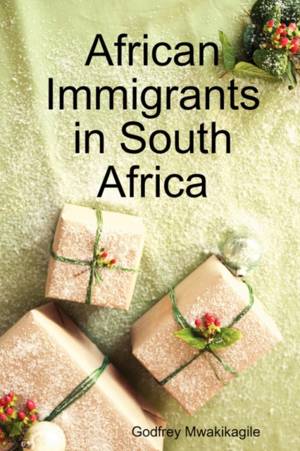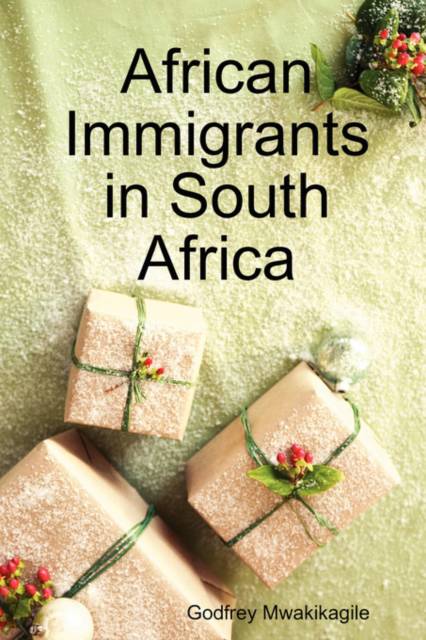
- Retrait gratuit dans votre magasin Club
- 7.000.000 titres dans notre catalogue
- Payer en toute sécurité
- Toujours un magasin près de chez vous
- Retrait gratuit dans votre magasin Club
- 7.000.0000 titres dans notre catalogue
- Payer en toute sécurité
- Toujours un magasin près de chez vous
Description
This work looks at the fate of black African immigrants in South Africa and the xenophobic attacks against them which have taken place in many parts of the country through the years since the end of apartheid. The xenophobic violence has been perpetrated by black South Africans, prompting some people to describe this phenomenon as the new apartheid - by blacks against other blacks - after the end of white minority rule. Besides the violence directed against them, black African immigrants also face hostility in general from a significant number of South Africans including educated ones and members of the middle class as well as some leaders who "encourage" them to "go home." In 2008, black African immigrants were attacked in different parts of the country in the worst form of violence since the end of apartheid. Tens of thousands were left homeless and just as many were forced to flee South Africa and return to their home countries. The author looks at the factors behind the violence and why many Africans are forced to flee their home countries in search of greener pastures elsewhere. Bad African leadership is one of the main factors. He also argues that South Africa can not solve the problems of other African countries, including unemployment, and should not be expected to. The attacks against the immigrants have resulted in many deaths and destruction of property through the years. And their plight is inextricably linked with the transformation the country has been undergoing since the end of apartheid, the author contends. This work also looks at prospects for transformation and the challenges South Africa faces in its quest for social justice across the spectrum in a society still dominated by whites in terms of economic power. Millions of blacks are still trapped in poverty with no relief in sight, a factor which explains some of the violence that has been directed against foreigners, mostly black African immigrants who are accused of taking jobs away from black South Africans, especially those living in poverty in the townships which were also the scene of the worst form of violence perpetrated against the immigrants since the end of white minority rule.
Spécifications
Parties prenantes
- Auteur(s) :
- Editeur:
Contenu
- Nombre de pages :
- 364
- Langue:
- Anglais
Caractéristiques
- EAN:
- 9780981425825
- Date de parution :
- 01-12-08
- Format:
- Livre broché
- Format numérique:
- Trade paperback (VS)
- Dimensions :
- 152 mm x 229 mm
- Poids :
- 530 g

Les avis
Nous publions uniquement les avis qui respectent les conditions requises. Consultez nos conditions pour les avis.






